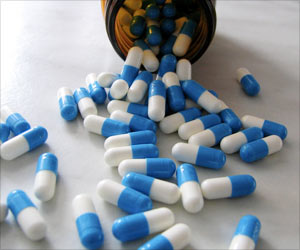In these cases of “COVID-19 rebound,” the illness improved or resolved within an average of three days, without additional treatment, the CDC advised in May.
The new study included 483 high-risk patients, median age 63, who received a five-day course of Paxlovid, comprised of the drugs nirmatrelvir and ritonavir.
Advertisement
Most of the patients had been vaccinated and many had received booster vaccinations. While the patients were high-risk for COVID-19, no one was immunocompromised, the Mayo Clinic researchers said.
All of the patients in the study recovered. Only four developed COVID rebound symptoms, which were generally mild. Two patients were admitted to the hospital, but for reasons other than COVID, according to the study. The results were published in the journal Clinical Infectious Diseases.
The patients with rebound symptoms included:
“We found that rebound phenomenon was uncommon in this group of patients,” said study co-author Aditya Shah, an infectious diseases physician and researcher.
“The four individuals who experienced rebound [symptoms] represent only 0.8% of the group, and all of them recovered quickly without additional COVID-directed therapy.”
One possible explanation for rebound symptoms after treatment with Paxlovid is that the coronavirus may trigger a secondary immune response that causes mild COVID-19 symptoms, but further research is needed to confirm that, the researchers noted.
They added that all four patients with rebound symptoms had been vaccinated more than 90 days before contracting COVID and had preexisting health problems known to complicate COVID-19 recovery.
According to last month’s CDC advisory, “Recent case reports document that some patients with normal immune response who have completed a five-day course of Paxlovid for laboratory-confirmed infection and have recovered can experience recurrent illness two to eight days later, including patients who have been vaccinated and/or boosted.”
The agency noted that a relapse after Paxlovid treatment does not mean the antiviral does not work, and the therapy “continues to be recommended for early-stage treatment of mild-to-moderate COVID-19 among persons at high risk for progression to severe disease.”
Source: Medindia



